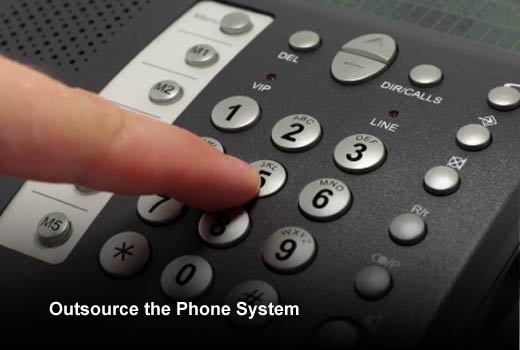In today’s fast-paced mobile world, more and more small businesses are taking advantage of the cloud. A 2014 survey report shows that use of mobile apps by small businesses increased 65 percent in the previous two years, and over half of the small businesses surveyed use mobile apps.
The reliance on apps naturally translates into increasingly cloud-based workflows for small businesses. This transition isn’t without its pain points, however. Unexpected factors such as broken workflows, the cost of infrastructure, and the need for security can create problems, and can contribute to chaos in the IT environment, if not managed correctly. What is a small business with limited resources to do?
In this slideshow, Charles Edge, product manager of Bushel, provides the top six resolutions small businesses should consider for 2016 to help them rein in control over their cloud environment.
Charles Edge is Product Manager at JAMF Software, where he leads Bushel – a mobile device management (MDM) solution designed for small organizations and users with limited IT experience. He holds nearly 20 years experience as a developer, administrator and CTO, and is passionate about helping everyday users manage and make the most of their mobile devices.
How to Master the Cloud
Click through for six ways organizations can gain control of their cloud environment, as identified by Charles Edge, product manager of Bushel.
Create a Cohesive Workflow
String apps together for cohesive workflows.
In 2016, small businesses must string their company applications together to create a more seamless work experience. Businesses will look at services like Zapier to start linking apps like Salesforce to Bamboo HR. It’s best to start looking for providers who offer bundled solutions based on specific vertical industries.
Go Mobile
Move users from desktops and laptops to tablets.
By linking apps together, administrators can more easily move users from desktops and laptops to tablets, depending on the industry and jobs, as well as save on costs. The mobile and tablet revolution in small businesses is well underway. As AT&T found in 2014, more than nine out of 10 respondents who use mobile apps have them on their smartphone, while slightly more than half use them on a tablet.
Outsource the Phone System
Having an expensive phone system in your building, with staff trained to run it, service contracts and other costs is no longer necessary. Small businesses should say goodbye to their own phone system infrastructure services and look to replace them with outsourced services such as Shoretel and RingCentral. These will decrease capital expenditures while providing additional features that are not available in traditional phone systems, sometimes including app integration and/or video conferencing.
Embrace Wireless Connectivity
Take advantage of wireless access points for the workplace for faster networks as new mobile devices, wireless HVAC controllers, wireless locks, wireless light switches, IP phones, projectors, and other devices continue to take up space in or outside of the office. However, businesses must keep in mind how these new network appliances and the devices that provide network access to them will fit into the company’s technology budget.
Increase Internet Bandwidth
As more devices connect to services outside of the office, small businesses must increase Internet bandwidth. When making a budget for 2016, companies must consider purchasing extra Internet connections, even if they are not from the same provider. There are many prosumer-class Internet Service Providers (ISPs) such as higher speed cable and fiber providers that can provide inexpensive connections for businesses. By having the right types of firewalls in place, small businesses can bond different Internet connections together to get more performance— allowing them to care less about the class of service and get faster connections for less money.
Web App Security and MDM
Invest in web app security and mobile device management.
Apps like OneLogin and Okta are helping organizations link the security of their software-as-a-service web apps. Small businesses can get started with a freemium type of account with most of these vendors. These vendors make things easier for users by linking the passwords to one account and then make disparate accounts more secure by allowing users to provision and revoke more quickly and easily than ever before. Additionally, Google has made mobile device management (MDM) of Android free. And products like Bushel bring that same level of security to the Apple platform. As more employees at companies lose devices and potentially suffer the repercussions of data loss, small businesses must invest in preventive and secure MDM solutions.









